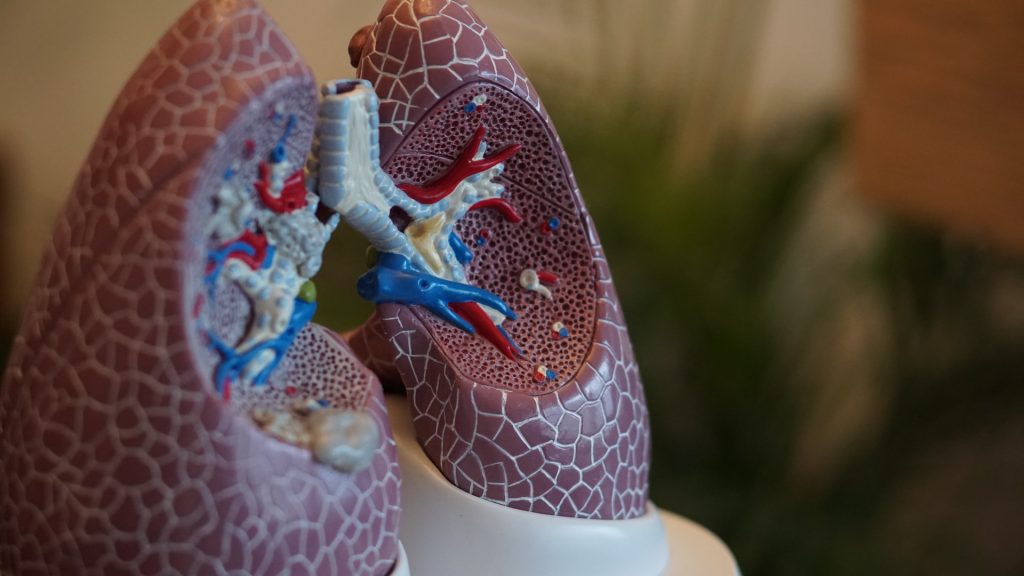Air Pollution Linked to More Lower Respiratory Infection Hospital Admissions

Air pollution is a well-known risk factor for respiratory diseases such as asthma and chronic obstructive pulmonary disease (COPD) – but its contribution to lower respiratory infections is less well known, especially in adults. To address this, a team from the Barcelona Institute for Global Health (ISGlobal), a centre supported by the ”la Caixa” Foundation, assessed the effect of air pollution on hospital admissions for lower respiratory infections in adults, and which subgroups that could be particularly vulnerable to these infections. The results have been published in the journal Environment International.
The research shows that long-term exposure to particulate matter (PM2.5 and PM10), nitrogen dioxide (NO2) and ozone (O3) air pollution is associated with more hospital admissions for lower respiratory tract infections in adults. The associations were stronger in men, people over 65 years of age and those diagnosed with hypertension.
The study involved 3 800 000 adults from the COVAIR-CAT cohort, a large cohort of 7.7 million people based on the health system of Catalonia. The research team used exposure models to estimate annual average concentrations of PM2.5, PM10, NO2 and ozone during the warm season (May-September) between 2018 and 2020 at the participants’ residences. Information on hospital admissions, mortality and comorbidities was obtained from various administrative databases. The study included hospital admissions for all lower respiratory infections and, separately, the subgroup of hospital admissions for influenza and pneumonia. A statistical model was then used to assess the association between air pollution and hospital admissions.
“The association between air pollution and hospital admissions for lower respiratory tract infections was observed even at pollution levels below current EU air quality standards,” says Anna Alari, ISGlobal researcher and first author of the study. “It is crucial to adopt stricter air quality standards, as more ambitious measures to reduce air pollution would decrease hospital admissions and protect vulnerable populations,” she adds.
Stronger association in men and people over 65
The association between air pollution and hospitalisations for lower respiratory tract infections was more pronounced in people over 65 years of age or with comorbidities, compared with younger people or those without comorbidities. Specifically, elevated levels of air pollution were associated with approximately three times higher rates of hospital admissions for lower respiratory infections among people aged 65 years and older compared with younger people.
In addition, exposure to elevated levels of NO2, PM2.5 or PM10 (but not O3) was associated with about a 50% increase in hospital admissions in men, while the association was about 3% higher in women.
The team observed the same pattern for hospital admissions for influenza or pneumonia, but with smaller associations compared to lower respiratory infections. “This may be due to the influence of available vaccines against the pathogens responsible for influenza and most cases of pneumonia,” says Cathryn Tonne, senior author of the study.


